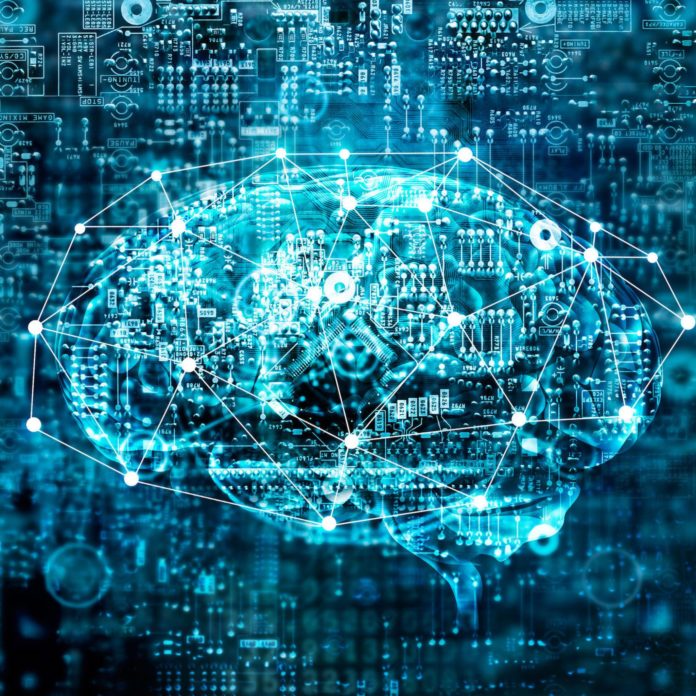Artificial Intelligence (AI) is rapidly taking hold in many places to provide enormous benefits with improved utility and efficiency in various cellular capabilities. It is significantly affecting how networks are designed and operated. But some applications of AI are much more straightforward and less controversial than others. Where decisions are highly expert and subjective AI can be inaccurate, biased and unaccountable.
Trumpeted or invisibly embedded
The Mobile World Congress trade show in Barcelona is cellular’s annual showcase for technology developments. Many of these have acronyms of the industry’s own—including 5G, 6G and IoT. Cellular is also a leading implementer of various other revolutionary technologies that have broader applicability or originated elsewhere. AI is a prime example, along with the cloud computing upon which AI and other processing-intensive applications are implemented.
Commentators reporting on the show a month ago were divided on whether AI was a big thing there this year. However, while use of AI was not prominent in many product announcements and booth demos, the technology is increasingly being embedded pervasively in the industry’s offerings.
Efficiency and accuracy
AI can be both uncontroversial and highly effective when implemented to increase efficiency in highly predictable processes. It can automate where manual optimization is labor intensive or far too slow. For example, AI-based tools are used in radio planning to predict radiation patterns and determine where to best locate antennas. In service operations, AI is used to improve channel quality and throughput with various techniques including optimized massive MIMO beamforming in real time (i.e. adjustments in milliseconds). In the metaverse, AI can predictively model the behavior of a digital twin, while the real twin can continuously and accurately recalibrate the former. In the aeronautical industry, for example, AI predictions of an aircraft in flight based on physics equations and mathematical models can be continuously recalibrated with accurate measurements of position, altitude, velocity, acceleration, temperature and airframe strain.
While Google search has an amazing ability to find obscure long-tail content online, the introduction of chatbot ChatGPT has taken the interpretation of text to a much higher level. ChatGPT can understand complex instructions and provide sophisticated responses such as essays good enough to pass university exams.
AI in the cloud and at the edge including in devices
Improvements in AI and computing are enabling alternative network architectures. While it is best to train AI models in central data centers where processing capacity is most abundant and cheap, inferencing for some applications may be better run in edge computers and on devices for lower latency and higher security.
For example, Qualcomm’s current flagship Snapdragon 8 Gen 2 Modem-RF System, embeds AI to optimize 5G modem connectivity, as well as camera, sound and security performance in smartphones. The firm also claims the first on-device demonstration of Stable Diffusion on an Android phone. This text-to-image generative AI foundation model can create photorealistic images given any text input within tens of seconds. Until now, Stable Diffusion, with over 1 billion parameters, had been confined to running in the cloud.
The dark side of AI
AI is never any better than its training data, and can be a lot worse— particularly when the former is insufficient or inaccurate. It is, therefore, unsurprising that AI can also be inaccurate and with unacceptable bias.
AI is not yet sufficiently well developed to be precise or dependable everywhere. Unfortunately, AI algorithms can get things wrong and often do. They can be unacceptably prejudicial, for example, when longlisting and shortlisting from thousands of CVs in staff recruitment. According to OpenAI, “these models can also generate outputs that are untruthful, toxic, or reflect harmful sentiments. This is in part because GPT-3 is trained to predict the next word on a large dataset of Internet text, rather than to safely perform the language task that the user wants. In other words, these models aren’t aligned with their users.”
One area where AI is beginning to be applied but is deficient due to non-availability of adequate training data and with shortcomings in inferencing is in the checking of patents for essentiality to standards such as 5G. This is an exacting task because AI is seeking to replace or supplement sophisticated manual checks that require extensive technical and legal expertise. And, these inherently subjective determinations are used to measure relative patent strength—among standard-essential patent owners—in allocating royalty charges, which is highly contentious. Some AI determinations are simply based on semantic matches between the language used in patents and standards. For those of you are interested in further reading, I have written about this for patent licensing professionals in another recent article elsewhere.
AI is great in many applications, but is no panacea
AI has a great future where determinations are routine, predictable, uncontroversial and where outcomes— such as the signal-to-noise ratio in a radio link—can be measured and checked rapidly, accurately and cheaply. AI language translation can be a great start that substantially reduces manual effort and cost, but humans are required to provide the high quality with exactitude required, for example, in commercial contracts. AI can also be very productive in searching for prospective prior art in patent applications, where humans make final determinations.
But using AI in measurement systems can be particularly problematic where determinations are not clear cut and require subjective assessments. Large training data sets do not overcome inaccuracies where errors in manual determinations are biased.
AI solutions are typically “black boxes” that in many cases cannot provide the reasoning that is demanded in venues such as courts of law where human determinations can be challenged and independently judged based on technical and legal principles.

